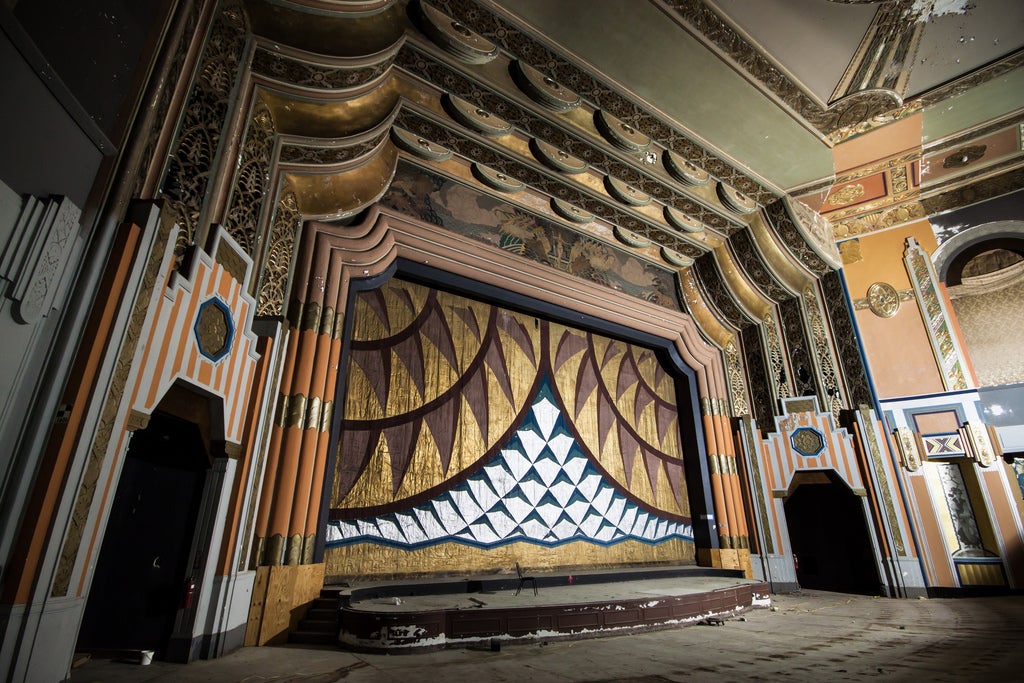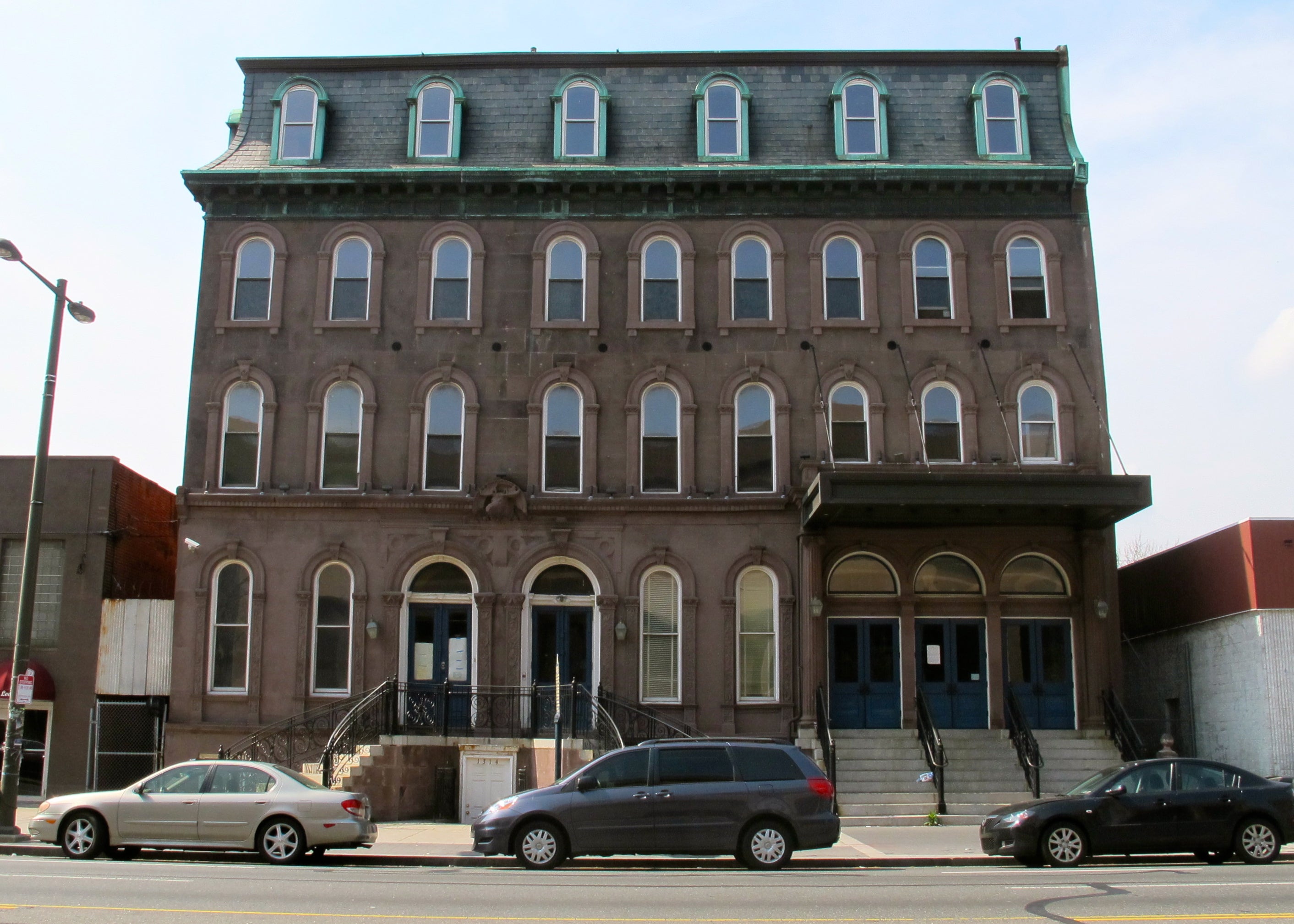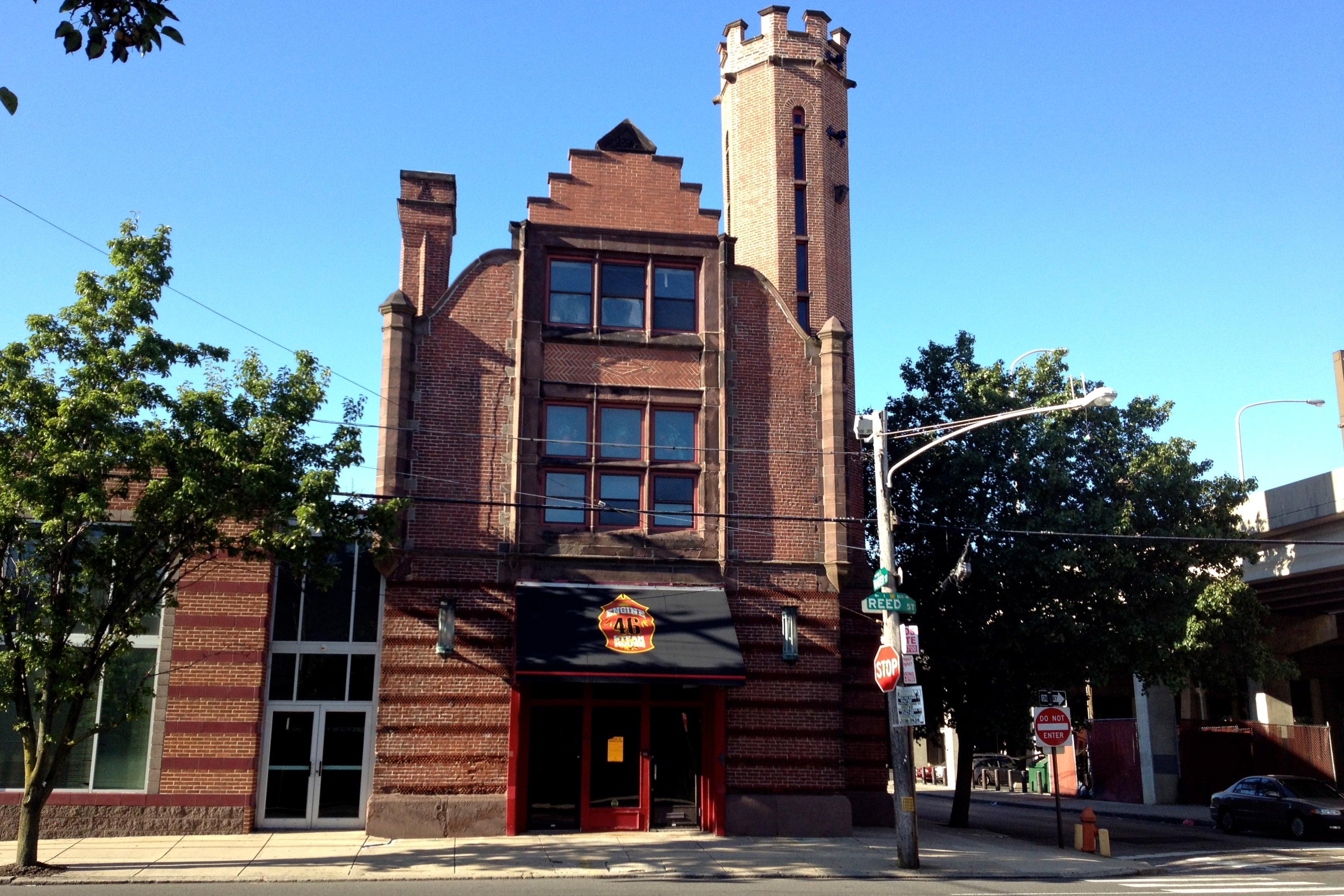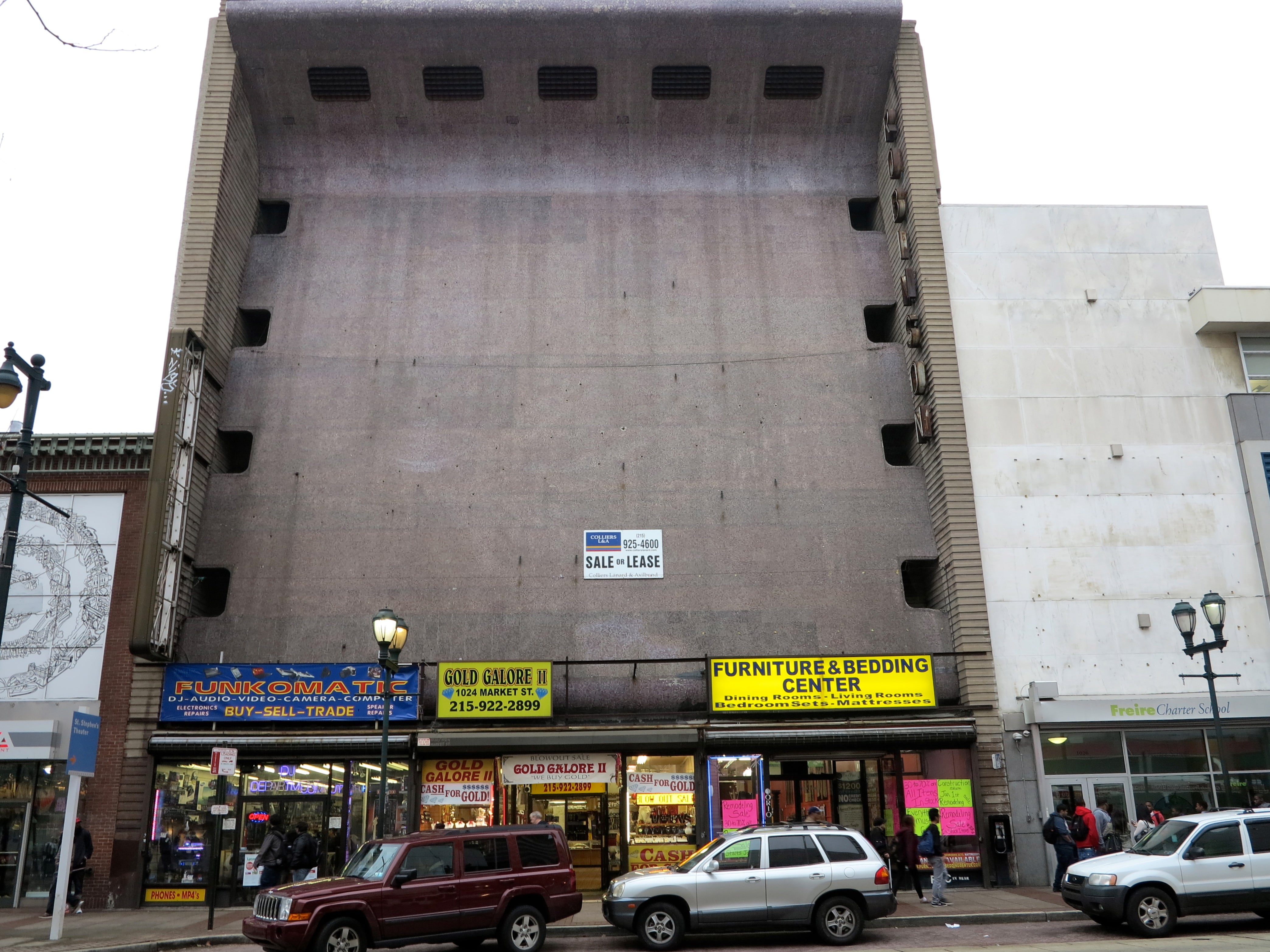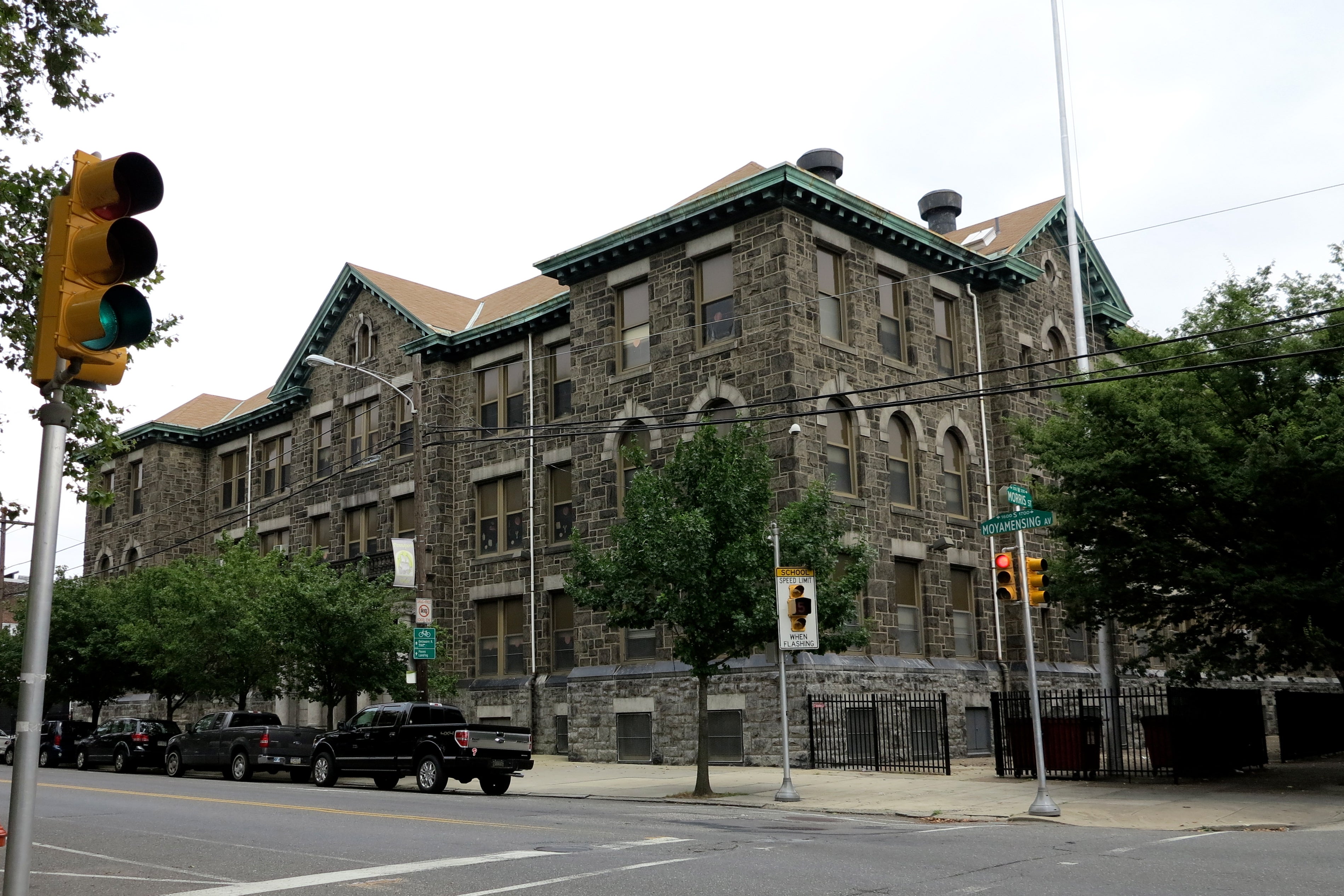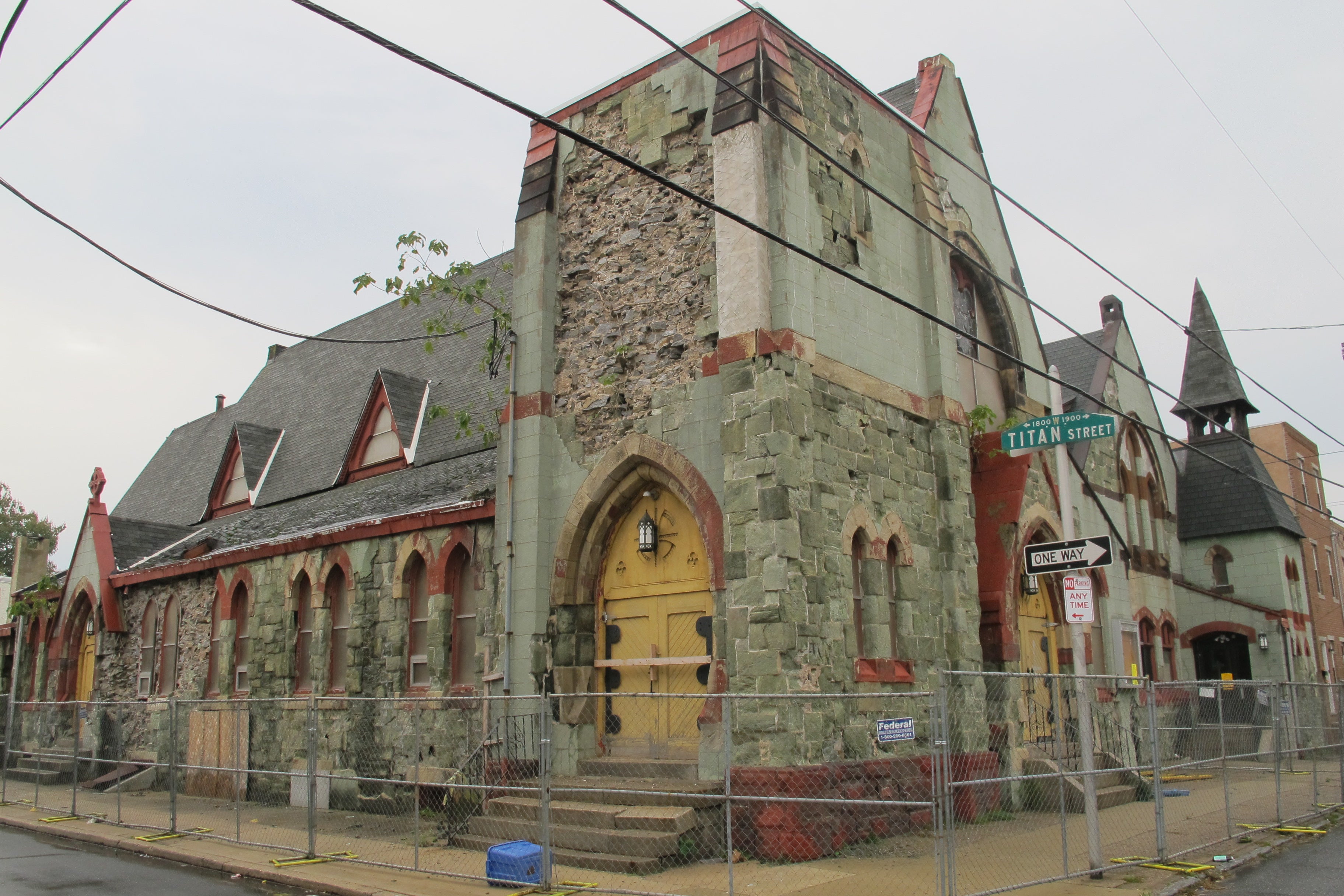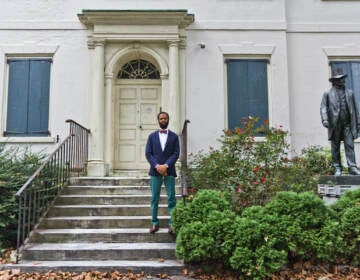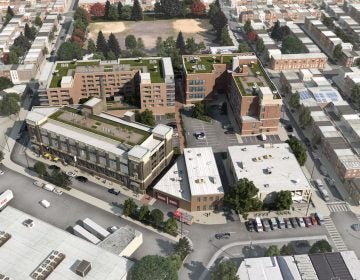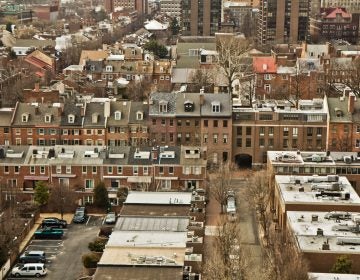2013 Endangered Properties List
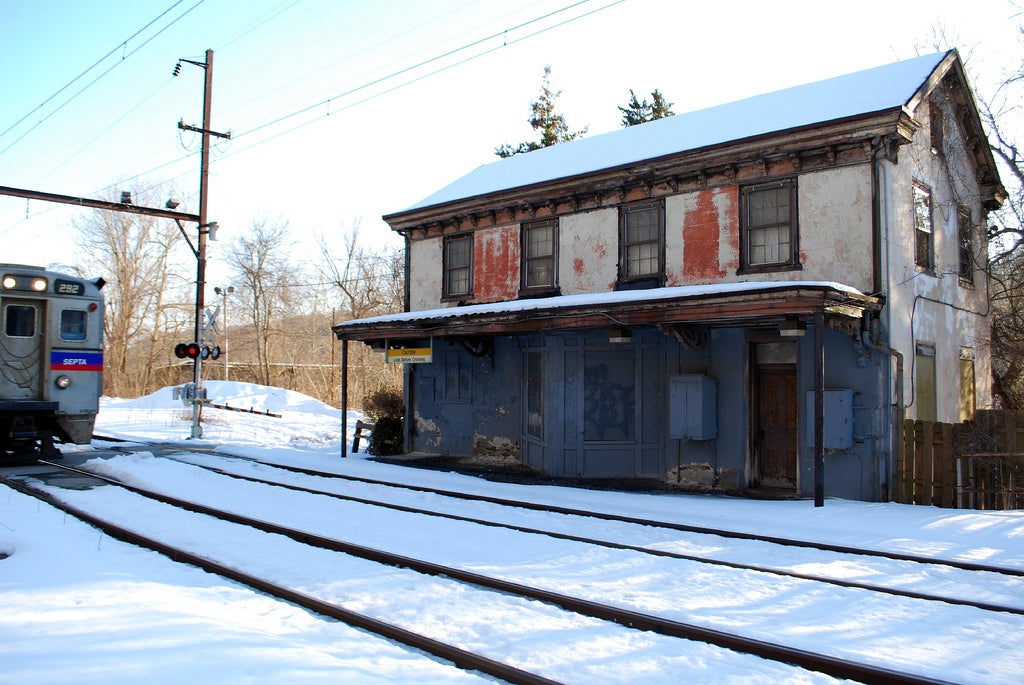
At a rally outside the Boyd Theatre on Tuesday morning the Preservation Alliance for Greater Philadelphia will annouce its Eleventh Annual Endangered Properties List. The 2013 list is a diverse mix of places, many of which will be familiar to PlanPhilly readers and preservationists. Several, like the Boyd Theatre and Blue Horizon are jeopardized due to new developments planned that are unsympathetic (or worse) to each property’s historic fabric and significance. Others, like the Ninteenth Street Baptist Church or Shawmont Station, are simply so fragile that their futures are precarious.
THREATENED BY DEVELOPMENT, DEMOLITION
The Boyd Theatre tops this year’s list as a proposal is being considered to demolish all but the theater’s Chestnut Street façade to build a new swanky eight-screen movie theater. The Boyd’s remarkable interior – a tribute to the “modern woman” from 1928 is breathtaking and intact but undesignated. The Philadelphia Historical Commission will weigh in on the proposal next Tuesday. The Boyd was previously listed in the 2007 Endangered Properties List when there was developer interest in razing the theater to use the property for parking.
The Legendary Blue Horizon is an iconic boxing arena and cultural landmark on North Broad Street. Though the intimate auditorium was restored just 10 years ago and a favorite among boxing audiences, the venue closed in 2010. Now a proposal to replace the auditorium with a hotel is planned, preserving only the brownstone façade. The property is not listed in the Philadelphia Register of Historic Places.
Engine 46 Firehouse at Reed and Water streets in Pennsport dates from the 1890s and is one of the neighborhood’s architectural gems, with its fanciful Flemish Revival flourishes. After its use as a firehouse the building was a garage and then a restaurant, but it has been vacant since 2006. The property’s owner, Cedar Realty Trust, obtained a demolition permit this year but has agreed to see if a new tenant can be identified.
West Philadelphia’s Haddington National Register Historic District As the Market Street Elevated Line spread development westward, E. Allen Wilson designed whole blocks of buildings in Haddington, many of which are still standing in the area bounded by 60th, Market, Chestnut, and 61st streets. While intact, vacancy is common and the buildings could be vulnerable to wholesale demolition.
FRAGILE FUTURES
Shawmont Station (1834) in Upper Roxborough is America’s oldest surviving passenger railroad station. The building has not been in use since 1991, when SEPTA discontinued its service. Despite the building’s pedigree, there is currently no plan for the building’s future and no means for its maintenance.
As in recent years, the Alliance included an example of mid-century modern design. This year’s is the iconic Robinson Store at 1020 Market Street. Robinson’s blank, curvaceous commercial facade was designed in 1946 by Victor Gruen, best known as the father of the shopping mall, and his partner Elsie Krummeck to house a California-based womenswear chain. The tile facade is grimy and deteriorating. Storefronts still occupy the ground floor of the building, but development interest is rising along Market East and the building could be vulnerable to insensitive redevelopment. Or it could become a new canvas in the the Market East Advertising District.
With waves of school closings and consolidations Philadelphia’s school buildings are caught in a wave of change. The School District has 30 vacant schools listed for sale and dozens more could be closed and sold off in the next five years. More than 150 of Philadelphia’s nearly 300 school buildings are listed on the National Register of Historic Places and most were built before 1938, making them eligible for preservaiton tax credits that could go toward their reuse. Resources are scarce to maintain older schools, but good examples of school conversions offer hope.
Nineteenth Street Baptist Church was designed by architects Frank Furness and George Hewitt in 1874 and built of beautiful but fragile green serpentine stone. The church’s serpentine exterior is seriously compromised and the sanctuary was condemned in 2011. But thanks in large part to PennDesign’s Historic Preservation program involvement with the congregation, emergency repairs to stabilize the building were completed and now students are helping to develop a long-term stabilization and repair plan.
At 11:30am on Tuesday, December 10 join the Friends of the Boyd and the Preservation Alliance for a rally in support of the Boyd Theatre’s preservation and to learn more about this year’s list of endangered properties.
WHYY is your source for fact-based, in-depth journalism and information. As a nonprofit organization, we rely on financial support from readers like you. Please give today.



